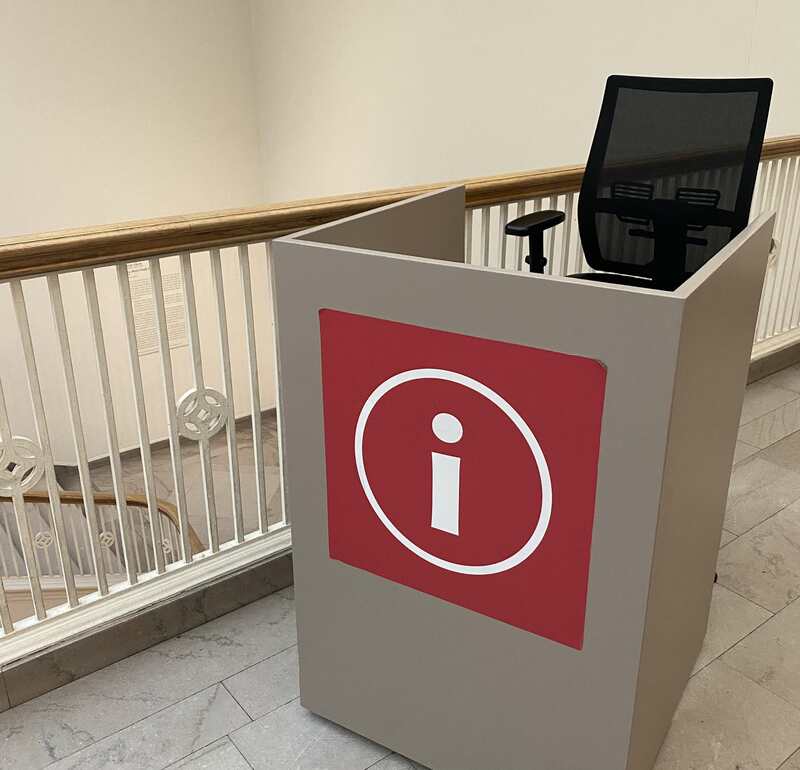New Learning’s Updates
Evidence of Learning in the Era of Big Data
This article sets out to explore a shift in the sources of evidence-of-learning in the era of networked computing. One of the key features of recent developments has been popularly characterized as ‘big data’. We begin by examining, in general terms, the frame of reference of contemporary debates on machine intelligence and the role of machines in supporting and extending human intelligence. We go on to explore three kinds of application of computers to the task of providing evidence-of-learning to students and teachers: (1) the mechanization of tests—for instance, computer adaptive testing, and automated essay grading; (2) data mining of unstructured data—for instance, the texts of student interaction with digital artifacts, textual interactions with each other, and body sensors;(3) the design and analysis of mechanisms for the collection and analysis of structured data embedded within the learning process—for instance, in learning management systems, intelligent tutors, and simulations. A consequence of each and all of these developments is the potential to record and analyze the ‘big data’ that is generated. The article presents both an optimistic view of what may be possible as these technologies and pedagogies evolve, while offering cautionary warnings about associated dangers.
-
Cope, Bill and Mary Kalantzis, "Sources of Evidence-of-Learning: Learning and Assessment in the Era of Big Data,” Open Review of Educational Research, 2(1):194–217, 2015a, doi: http://dx.doi.org/10.1080/23265507.2015.1074869.
In this article, we argue that big data can offer new opportunities and roles for educational researchers. In the traditional model of evidence-gathering and interpretation in education, researchers are independent observers, who pre-emptively create instruments of measurement, and insert these into the educational process in specialized times and places (a pre-test or post-test, a survey, an interview, a focus group). The ‘big data’ approach is to collect data through practice-integrated research. If a record is kept of everything that happens, then it is possible analyze what happened, ex post facto. Data collection is embedded. It is on-the-fly and ever-present. With the relevant analysis and presentation software, the data is readable in the form of data reports, analytics dashboards and visualizations. We explore the methodological consequences of these developments for research methods.
-
Cope, Bill and Mary Kalantzis, "Interpreting Evidence-of-Learning: Educational Research in the Era of Big Data,” Open Review of Educational Research, 2(1):218–39, 2015b, doi: http://dx.doi.org/10.1080/23265507.2015.1074870.



يجب الحذر من ضخامة المعلومات وتوفرها لان ليس كل معلومة صحيحة .
يجب الحذر من ضخامة المعلومات وتوفرها لان ليس كل معلومة صحيحة .